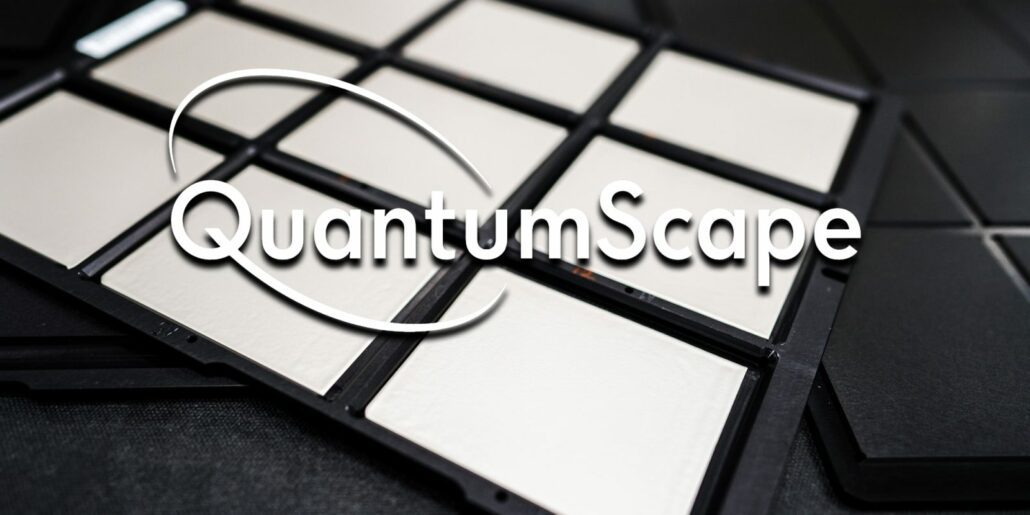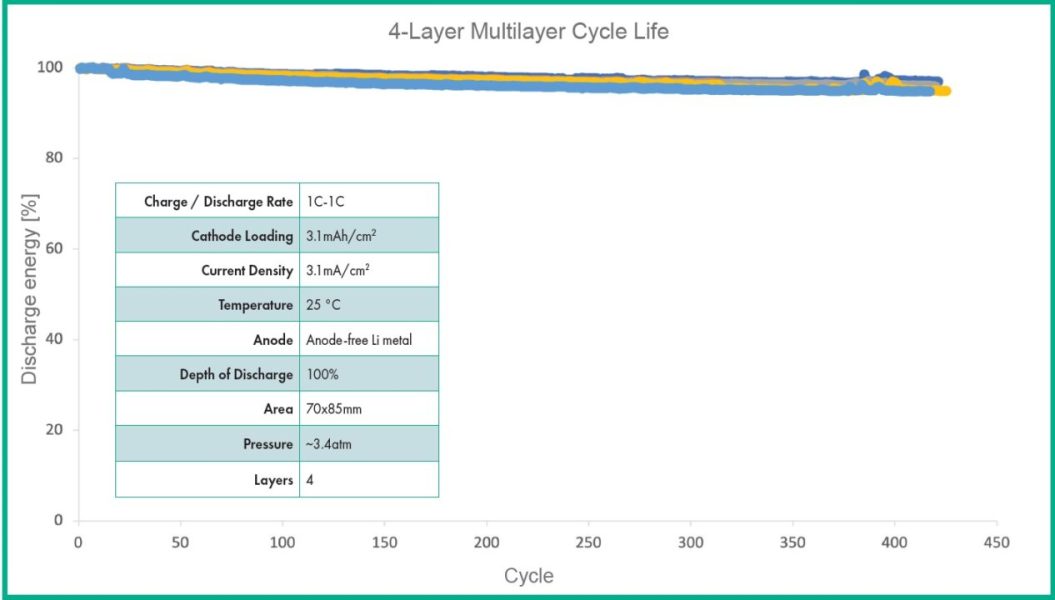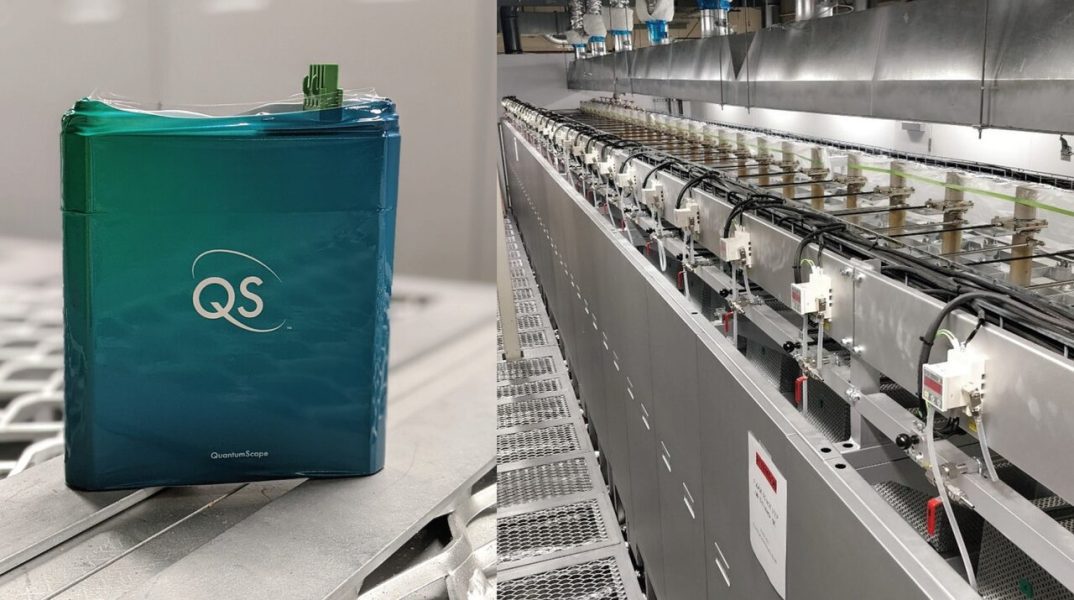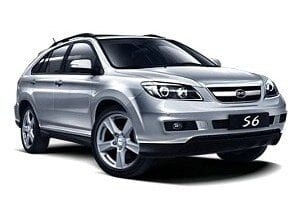
QuantumScape: We started testing 10-layer solids in a commercial format. Batteries after 2 years or more
QuantumScape, one of the startups working on solid electrolyte cells, boasted of launching tests with 10-layer cells. In 2022, the company wants to show cells with several dozen layers and plans to release the first test batch suitable for cars in 2023.
Solid electrolyte cells must be strong and capacious. They are still constant
The cells developed by QuantumScape are systems Whether metallic without anode... The anode consists of lithium on an electrode when the battery is charged and is destroyed when it is discharged. In a typical lithium-ion cell, the anode is made of some form of carbon (such as graphite), sometimes doped with silicon. When there is no graphite in the cell, it does not take up space, so most of the cell's volume and weight can be used to store the charge.
QuantumScape has long been considered the most promising startup when it comes to solid-state cells, but even this company claims that development will be slow... After one- and four-layer cells, it was possible to create a 1-layer cell, which in the first several tens of cycles of operation in the 4C-10C mode (charging and discharging with a power equal to the cell capacity) and C / 1-C / 1 mode shows a slight deterioration. But this is only 3-3 cycles for just a few cells, the company directly states about the early stages of work:

First tests of 10-layer QuantumScape cells. The graph shows that only 20-36 cycles (s) of QuantumScape were completed.
The advantage of the experiment is that it is carried out at a temperature close to room temperature (compare: the operating temperature of the eCitaro battery from BlueSolutions). And that we are dealing with relatively large cells in the 7,5 × 8 cm format.This is also a plus the possibility of combining the solid QuantumScape electrolyte with cheap lithium-iron-phosphate cathodes... Finally, an advantage is the objectivity of QuantumScape, which lists all relevant test parameters.

Previous generation solid electrolyte cells, 4-layer cells. The worst performing cells lost about 5-6 percent of their capacity after 400 cycles of use. Of interest are the clearly visible pulsations of the change in the discharge energy (i.e., the battery capacity) immediately before the cycle number 400 (c) QuantumScape
But that's the end of the benefits. Lithium metal cells swell during operation because the previously bound lithium creates a separate object in them - the anode. So QuantumScape tests them at 3,4 atmospheres to slow down the process. This means that a possible depressurization of the battery compartment can lead to battery failure in the future. The same, of course, with the tire (a puncture is not good), but the tire is not worth even 1/3 of the car.
However, high tank pressure is probably the least of the problems. Well, 10-layer cells are an intermediate step compared to cells with several dozen layers, the final version due in 2022. Only they will offer sufficient energy density to be able to compete with classic lithium-ion cells in terms of price / performance [QuantumScape does not say]. The first prototype cells suitable for automotive use will appear at the QS-0 plant in California in 2023, two years from now, as the company is currently working to expand its production of ceramic separators (electrolytes).

Rigid 10-layer QuantumScape Cell (left) and new annealing line installed at QS-0 (c) QuantumSCape plant
The mentioned possibility of using the QuantumScape electrolyte in LFP cells looks very promising. Due to this, such cells achieve an energy density of 0,6-0,7 kWh / l, which corresponds to the best modern lithium-ion cells with nickel-manganese-cobalt cathodes and liquid electrolytes. Talking person: with QuantumScape Porsche solid electrolyte can maintain the capacity of the Taycan battery without resizing the container with a significant decrease in its price through the use of LFP.
The cells are not expected to be commercialized until at the turn of 2023 and 2024.
This may interest you:

